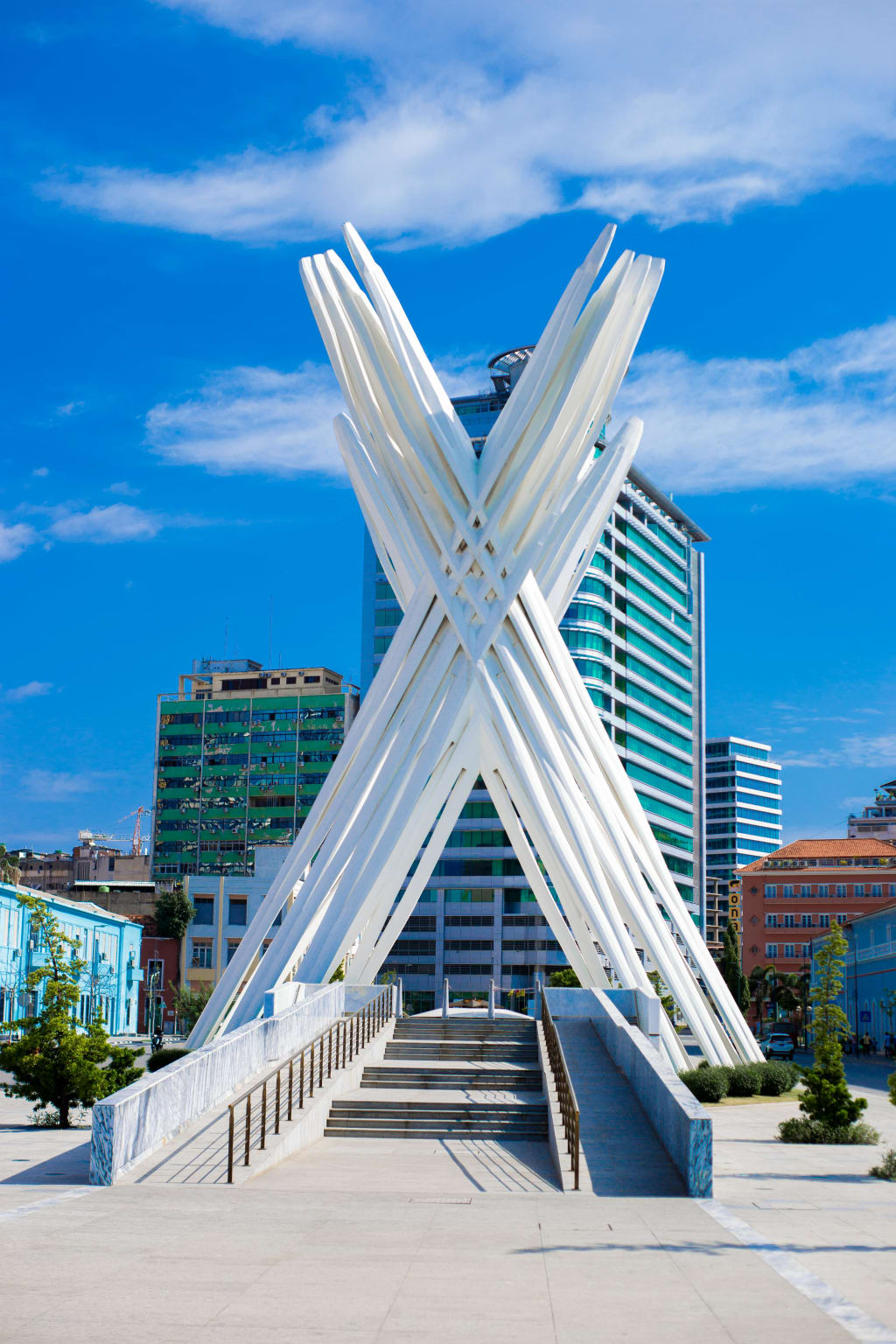Angola's Architectural Marvels: A Blend of Modernity and Tradition.
Discover the unique architectural wonders of Angola, where modernity meets tradition in a harmonious blend.

Exploring Angola's Rich Architectural History
Angola boasts a rich architectural history that reflects its diverse cultural heritage. From ancient tribal structures to colonial influences, the architecture of Angola tells a captivating story. Exploring Angola's architectural history allows us to understand the evolution of design and construction techniques in the country.
One of the notable architectural styles in Angola is the traditional tribal architecture. The indigenous tribes of Angola, such as the Ovimbundu and the Mbundu, have long practiced unique architectural traditions. Their structures are characterized by the use of natural materials like mud, thatch, and wood. These traditional dwellings are not only functional but also reflect the cultural values and beliefs of the communities that built them.
Another significant period in Angola's architectural history is the colonial era. During the Portuguese colonial rule, Angola experienced an influx of European architectural styles. Many buildings constructed during this time feature neoclassical and art deco elements. These structures, such as government buildings, churches, and mansions, still stand as a testament to Angola's colonial past.
In recent years, Angola has witnessed a surge in modern architectural marvels. The country's rapid development has led to the construction of innovative and iconic buildings. These modern structures showcase Angola's ambition for progress and its embrace of contemporary design principles. From skyscrapers to avant-garde cultural centers, Angola's modern architectural marvels are a sight to behold.
Exploring Angola's rich architectural history allows us to appreciate the diverse influences that have shaped the country's built environment. From traditional tribal architecture to colonial-era buildings and modern marvels, Angola's architectural landscape is a true reflection of its cultural heritage.
Modern Architectural Marvels in Angola
Angola is home to a range of modern architectural marvels that demonstrate the country's ambition and progress. These structures not only serve functional purposes but also contribute to the aesthetic appeal of Angola's cities.
One of the most iconic modern architectural marvels in Angola is the Torre de Luanda. This skyscraper, located in the capital city, stands as a symbol of Angola's economic growth and urban development. With its sleek design and towering presence, the Torre de Luanda has become a prominent landmark in the cityscape.
Another notable modern architectural marvel is the Palácio de Ferro. Also known as the Iron Palace, this building is a masterpiece of engineering and design. Constructed entirely out of iron, the Palácio de Ferro showcases Angola's innovative approach to construction. Today, it serves as a cultural center and museum, attracting visitors from around the world.
In addition to these iconic structures, Angola is also witnessing the construction of state-of-the-art stadiums, modern residential complexes, and innovative commercial buildings. These architectural marvels not only contribute to the urban development of Angola but also shape its identity as a modern and progressive nation.
Preserving Traditional Architectural Styles
While Angola embraces modernity in its architectural landscape, there is also a strong emphasis on preserving traditional architectural styles. The traditional tribal architecture of Angola holds deep cultural significance and is an integral part of the country's heritage.
Efforts are being made to document and preserve traditional architectural styles in Angola. Local communities and organizations are working together to safeguard the knowledge and techniques used in the construction of traditional dwellings. This includes the use of natural materials, traditional building methods, and decorative elements that reflect the cultural identity of each tribe.
Preserving traditional architectural styles not only ensures the survival of these unique structures but also allows future generations to connect with their cultural heritage. It is an acknowledgment of the importance of tradition in shaping Angola's architectural identity and a celebration of the country's rich cultural diversity.
In a rapidly changing world, the preservation of traditional architectural styles serves as a reminder of the values and traditions that have shaped Angola over the centuries.
The Influence of Angolan Culture on Architecture
Angolan culture has a profound influence on the country's architecture. The diverse cultural heritage of Angola is reflected in the design, materials, and decorative elements used in the construction of buildings.
Traditional tribal architecture, as mentioned earlier, is a prime example of the influence of Angolan culture on architecture. The use of natural materials, intricate carvings, and symbolic motifs in tribal structures is a testament to the cultural values and beliefs of the communities that built them.
Furthermore, Angolan culture is also expressed in the vibrant colors and patterns seen in many buildings throughout the country. From residential houses to public spaces, the use of bold colors and intricate patterns adds a distinct character to Angolan architecture.
Angola's rich musical heritage also finds its way into architectural design. The rhythmic patterns and flowing lines seen in some buildings evoke the spirit of Angolan music and dance.
The influence of Angolan culture on architecture is a reflection of the country's strong cultural identity and serves as a source of pride for its people.
Future Trends in Angolan Architecture
As Angola continues to develop and evolve, there are several emerging trends in its architecture that are worth noting.
One such trend is sustainable architecture. With a growing awareness of environmental issues, architects in Angola are incorporating sustainable design principles into their projects. This includes the use of renewable materials, energy-efficient systems, and green spaces to promote environmental sustainability.
Another trend is the integration of technology in architectural design. As technology advances, architects are exploring innovative ways to incorporate smart systems and automation into buildings. This not only enhances the functionality of the structures but also improves the overall user experience.
Additionally, there is a growing focus on creating inclusive and accessible spaces in Angolan architecture. Designers are prioritizing universal design principles to ensure that buildings are accessible to people of all abilities.
The future of Angolan architecture is promising, with an emphasis on sustainability, technology, and inclusivity. These trends reflect the country's commitment to progress and its desire to create buildings that are not only visually appealing but also socially and environmentally responsible.
About the Creator
Enjoyed the story? Support the Creator.
Subscribe for free to receive all their stories in your feed. You could also pledge your support or give them a one-off tip, letting them know you appreciate their work.






Comments
There are no comments for this story
Be the first to respond and start the conversation.